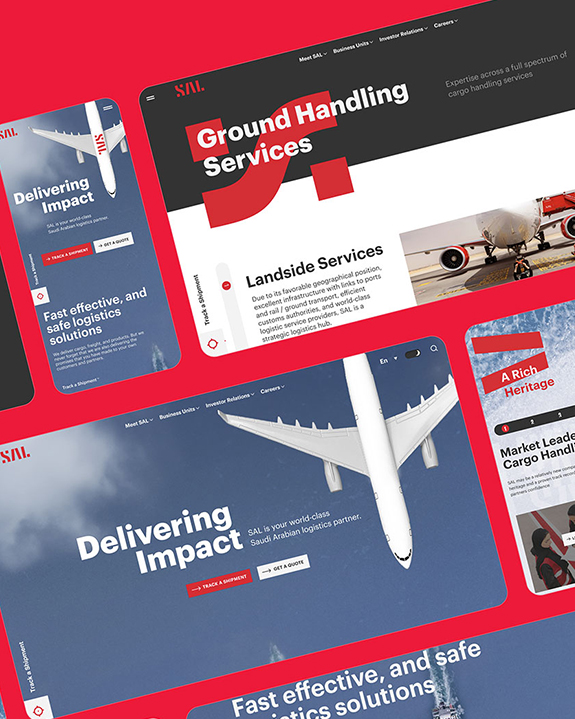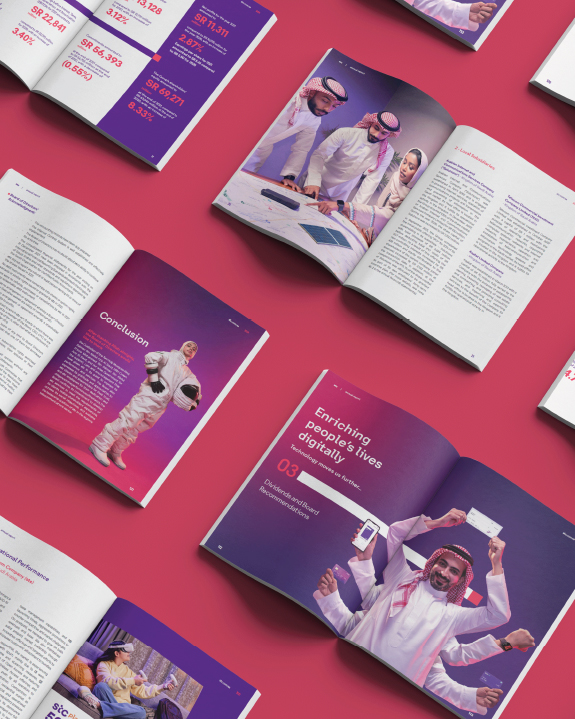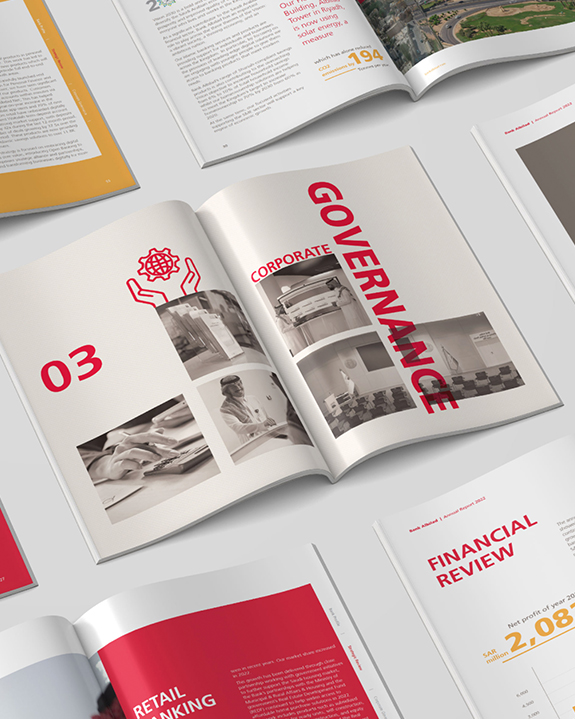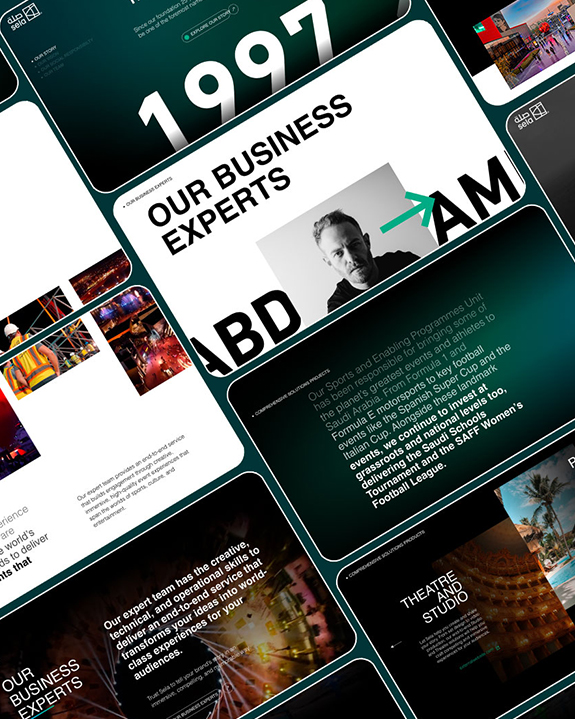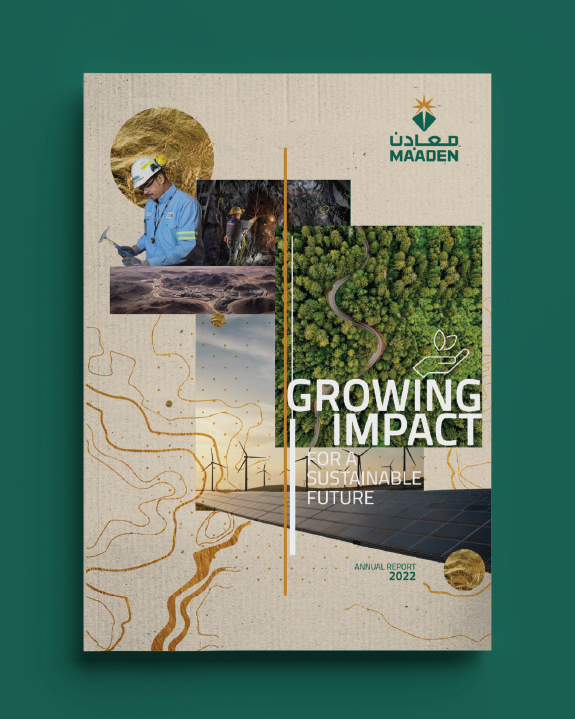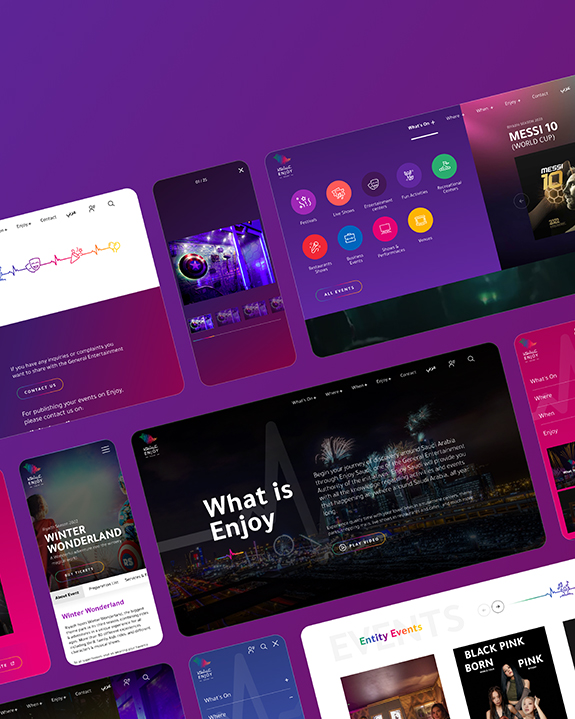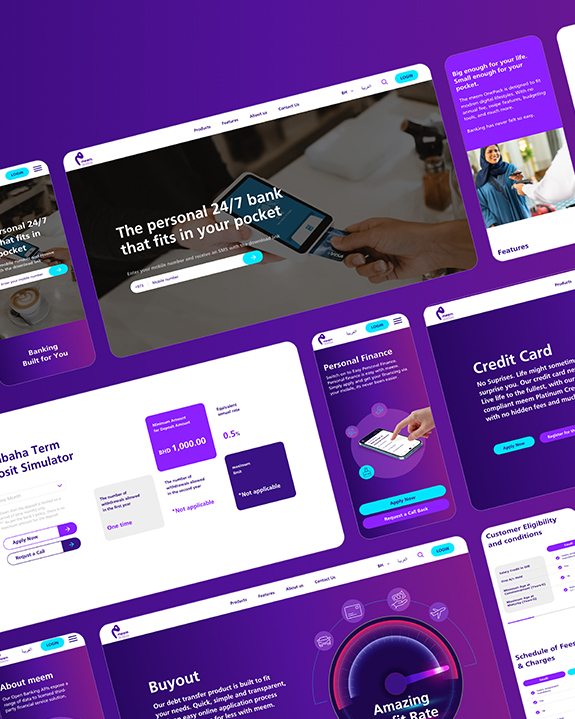Transforming Annual Reports with Strategic Storytelling
Annual reports, traditionally seen as collections of financial information, have always served as a reliable record, meticulously documenting achievements, and financial specifics.
Nevertheless, with the changing landscape of business, there is a growing need for communication that is both captivating and impactful. Beginning today, we will dig into the power of compelling storytelling to transform these reports from mundane recitations of facts into captivating narratives that capture the very essence of the organization’s strategic accomplishments. By merging data and narratives, we will produce intriguing narratives that highlight significant milestones.
Storytelling is an Essential Art.
In the not-so-distant past, annual reports were confined to the realms of tables, charts, and impenetrable financial jargon. They served as communication tools laser-focused on data, lacking the emotional resonance needed to captivate stakeholders. However, organizations are increasingly acknowledging the transformative power of creating a holistic and compelling depiction of their journey.

Organizations are increasingly acknowledging the transformative power of creating a holistic and compelling depiction of their journey.
Emotional Connections that Transcend Numbers
In embracing storytelling, organizations enter a realm where emotional connections take precedence over data dissemination. Annual reports are evolving into platforms for stories that resonate, forging profound emotional connections.
Practical Storytelling Tips
A company could tell the story of how a successful marketing campaign led to a significant increase in sales and then provide the financial data to support this narrative. As we embark on this storytelling journey, it's crucial to draw inspiration from proven techniques:
Beginning with Purpose
The narrative should commence with a clear purpose, or so-called “concept message”, which serves as the blueprint of the annual report, where all content, visuals, and data will work around this concept.
Humanizing the Numbers
Instead of drowning stakeholders in an ocean of figures, humanize the data. Attach stories to statistics, illustrating how each number contributes to the broader narrative of success and growth.
Consistency in Tone
Maintaining a consistent tone throughout the report ensures a cohesive and engaging experience for the reader. Whether conveying success stories or addressing setbacks, the narrative should reflect a unified voice, all related to the initial concept message.
Visual Storytelling
The integration of visuals enhances the storytelling experience. From impactful images to strategically placed graphics, visual elements provide an additional layer of engagement.
By incorporating these practical tips, organizations can turn their annual reports from mundane financial documents to captivating stories that resonate with stakeholders and leave a lasting impact. The journey towards mastering the art of storytelling in annual reports is not just an evolution; it's a revolution in communication.
Why Annual Reports Need Storytelling
The integration of storytelling into annual reports is not a mere stylistic choice; it's a strategic necessity. This evolution isn't about simply making reports visually appealing; it's about fundamentally transforming how organizations communicate their achievements and milestones. Let's dissect the crucial components that transform annual reports from dry data compilations to engaging narratives.
Visual Elements and Impact
Visual elements play a pivotal role in capturing attention and enhancing storytelling within annual reports, breaking down complex financial information for accessible understanding. Incorporating captivating visuals, such as infographics and charts, breaks down complex financial information and ensures a more accessible understanding.
The Role of Typography
Typography, which refers to the style and arrangement of text, is an important factor in how readers perceive and engage with an annual report. Consider the subtle yet powerful impact of serif and sans-serif fonts serifs, with their decorative tails, can evoke a sense of tradition and formality, while sans-serif fonts offer a modern, clean aesthetic. Font sizes and spacing dictate the hierarchy of information, influencing what captures the reader’s attention first. A judicious combination of font styles, sizes, and spacing not only enhances readability but also contributes to the overall aesthetic appeal of the report. It’s these seemingly minor typographic choices that, when carefully considered, weave seamlessly into the narrative, transforming the entire storytelling experience.
Accessibility and Inclusivity
Annual reports often underestimate the significance of accessibility, a key factor in ensuring inclusivity. Crafting reports that are accessible to a diverse audience, including individuals with different abilities, is not merely a matter of ethics; it aligns seamlessly with the principles of inclusive storytelling. By incorporating features such as alt text for images and ensuring compatibility with assistive technologies, organizations ensure that the narrative reaches a broader audience, creating a more meaningful and inclusive engagement with stakeholders.
Essential Elements of Compelling Narratives

The Power of Simplicity
Presenting intricate information in a straightforward and succinct manner promotes comprehension and captivates the audience. The report is designed and written in a way that makes it easy for stakeholders to access and understand.

Narrative Structure
Much like a gripping novel, an annual report benefits from a well-defined narrative structure. This format keeps stakeholders interested from beginning to end with a captivating introduction, a fluid flow through milestones and accomplishments, and a strong conclusion.

Visual Storytelling
The adage "a picture is worth a thousand words" holds true in annual reporting. Visual storytelling, through strategically placed infographics, charts, and images, enhances comprehension and retention. These visual elements serve as powerful allies in conveying the organization's journey.

Consistency Across Mediums
Consistency is not only the backbone of branding but also a fundamental aspect of effective storytelling. From the tone of voice to the visual identity, maintaining a consistent narrative across various mediums reinforces the organization's identity, fostering familiarity and trust.

Data-Driven Narratives
Numbers, when presented strategically, can be compelling storytellers. Data-driven storytelling infuses life into statistical information, providing context and meaning. Whether showcasing financial achievements or growth metrics, weaving a narrative around the data transforms it into a compelling story of success.

Human-Centric Approach
The most resonant stories in annual reports are those that put people at the center. Highlighting the human aspect, whether through success stories, testimonials, or employee spotlights, creates a connection that goes beyond numbers, fostering a sense of shared accomplishment.

Crafting the Organizational Vision
Every annual report should serve as a vessel for the organizational vision. Effective storytelling aligns the narrative with this vision, ensuring that stakeholders not only comprehend the past year's achievements but also envision the trajectory for the future.
Leveraging First-Party Data for Optimised Targeting
First-party data is a cornerstone of modern digital marketing, and CRM integration with Google Ads is key to maximising its potential. By linking CRM data with Google Ads, businesses can precisely attribute leads to specific campaigns, enabling more strategic ad spend allocation.
SPARK's holistic impact resonates in diverse success stories, where strategic consultancy intertwines with creative prowess, yielding compelling brand narratives and memorable user experiences. Overcoming challenges and fostering authentic brands, SPARK's comprehensive support services position it as the guide for sustainable growth in an ever-evolving market.
This integration enhances audience targeting, improves conversion tracking, and unlocks advanced capabilities such as Enhanced Conversions and Offline Conversion Tracking. In an era driven by automation and machine learning, clean and actionable data is fundamental for smarter bidding and personalised advertising.











